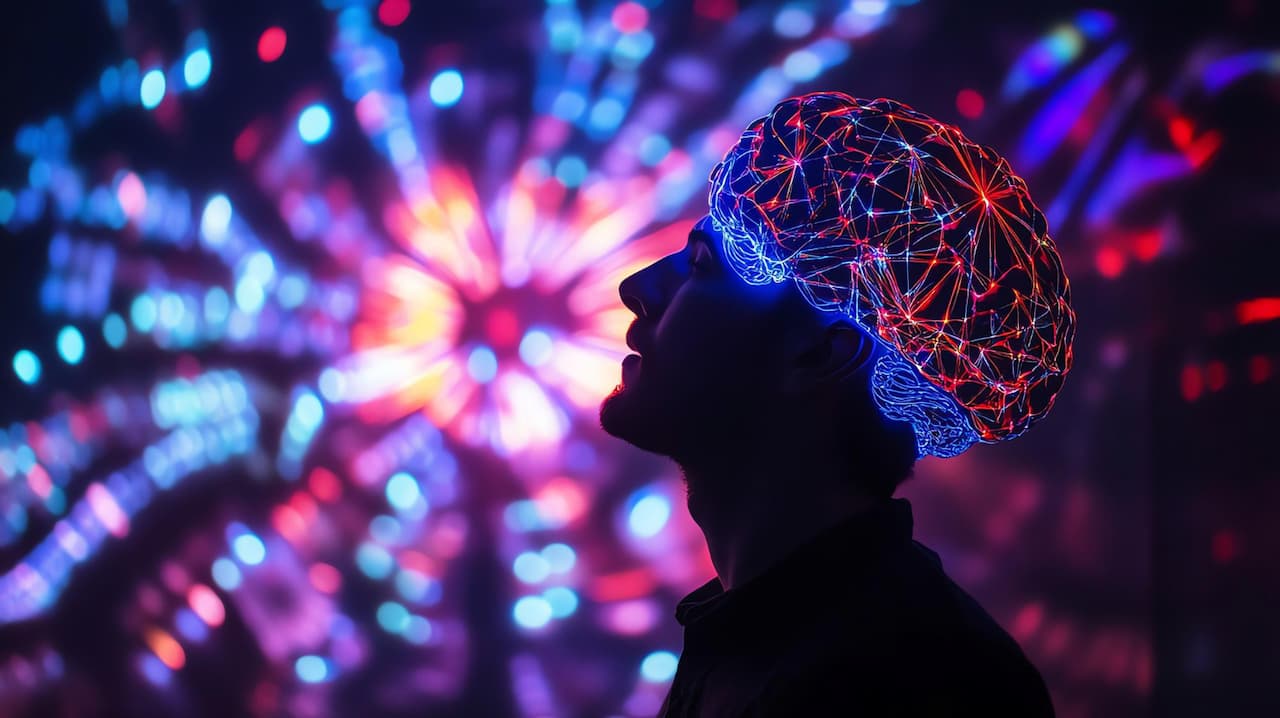Consciousness has been a massively debated topic throughout humanity’s recorded history. From the philosophers of old weighing into the debate to modern experts in psychology and neuroscience, over four dozen definitions of this term have emerged. With the advances in hard sciences like neuroscience leading the way, we’re closer than ever to obtaining the actual definition of consciousness. Let’s discover how our understanding of consciousness has evolved in recent years: from a purely philosophical moral debate to understanding the mechanism of consciousness on a mathematical level.
Shifting Paradigms of Consciousness
Let’s take a step back to the origins of the theory of consciousness. Most of us are familiar with René Descartes’ works (or, at least, their legacy). Descartes argued about the duality of mind and body – two completely independent entities, one immaterial and one material, that nonetheless sometimes interact. To put it simply, the argument can be summarized as follows: you, the reader, are a mind that is piloting your body. This school of thought is so common nowadays that it is expressed ubiquitously by laymen who are even unaware of Descartes’ literature.
Will it come as a surprise to you that the earliest theories of consciousness are in opposition to this idea? Over 2500 years in Ancient Greece, Leucippus put forward a theory: everything in the universe is governed by the movement of atoms alone, including the will of man. His successors scoffed at the idea – and no wonder since the atom wasn’t even defined correctly back then. You might know of them: Socrates, Aristotle, and Plato all laid out the foundations of what would later become the philosophy of dualism. Though Leucippus’ idea was mostly lost to popular debate, the recent advances in psychology, neuroscience, and even pharmacy give more legitimacy to his claims. Many modern experiments and techniques shed new light on the debate – and many are surprisingly in favor of the oldest of all theories.
Understanding Human Consciousness With Neuroscience
Observing the human brain in action is the greatest key to understanding consciousness. The creation of tools like MRI, EEG, and MEG allowed us to map out and understand the process of thought and consciousness itself. Some of the findings were an absolute shock for the broad public, challenging the existing idea of consciousness, decision-making, and brain activity in general.
The Libet experiment was the first practical nod that challenged the previously near-irrefutably accepted Descartes theory. In the 1980s, Benjamin Libet instructed the test subjects to perform a simple motor task and note the time when they decided on what exactly to do. At the same time, the test subjects’ brain activity was monitored with EEG—a series of electrodes connected to patients’ scalps. Amazingly, the experiment showed that the person’s brain decides on an action nearly half a second before they’re aware of this decision. That is to say, the subconscious decides your action, and the conscious carries it out.
The famous Iowa gambling task echoes this result. In this experiment, which is centered around risk and cognition of gambling-related activities, the participants play a virtual gambling game of cards. The gambling task experiment showed that healthy participants subconsciously learned to identify the “bad” decks (the ones that are more likely to lose) long before a conscious reaction developed. In fact, gamblers subconsciously negatively reacted to losing sets of cards some 40 games before actually learning through trial and error!
Similar results were achieved using other methods. For example, researchers at the UNSW School of Psychology used fMRI to find that subconscious decisions about a coin-flip-like gamble can be predicted as far as 11 (!) seconds before the conscious actions.
AI as a Sandbox of Man-Made Consciousness
The recent boom of AI and neural networks simply couldn’t be missed. While humanity is still far away from truly creating an artificial brain that works just like ours, AI engineers draw direct inspiration from advances in neuroscience to create artificial neural networks. These networks—like ChatGPT—are inspired by the connections of neurons in the human brain. Understanding the functions of the human brain, such as cognition, perception, attention, memory, and the way synapses form and neurons learn, is key to creating more and more robust AI models.
While researchers study the human brain to create AI, they also use this same AI to study the human brain. Think of it as a positive feedback loop in which the AI is used to analyze brain data that humans would have trouble navigating. While the AI itself is built on basic mapping of the human brain, it helps perfect the model of the brain’s complex neural networks.
Summing Up Evolution of Consciousness Understanding
Thanks to the advances in neuroscience, our understanding of human consciousness is constantly evolving. We’ve come a long way from purely theoretical, philosophical ideas to mapping out portions of the brain that are responsible for consciousness. Experiments like the Iowa Gambling task help researchers and doctors diagnose mental disorders and challenge the preconceived philosophical notions of duality. Furthermore, a deeper understanding of how the brain works helps engineers design robust neural networks and AI projects. Join our project to keep up with the latest news about human consciousness research!
